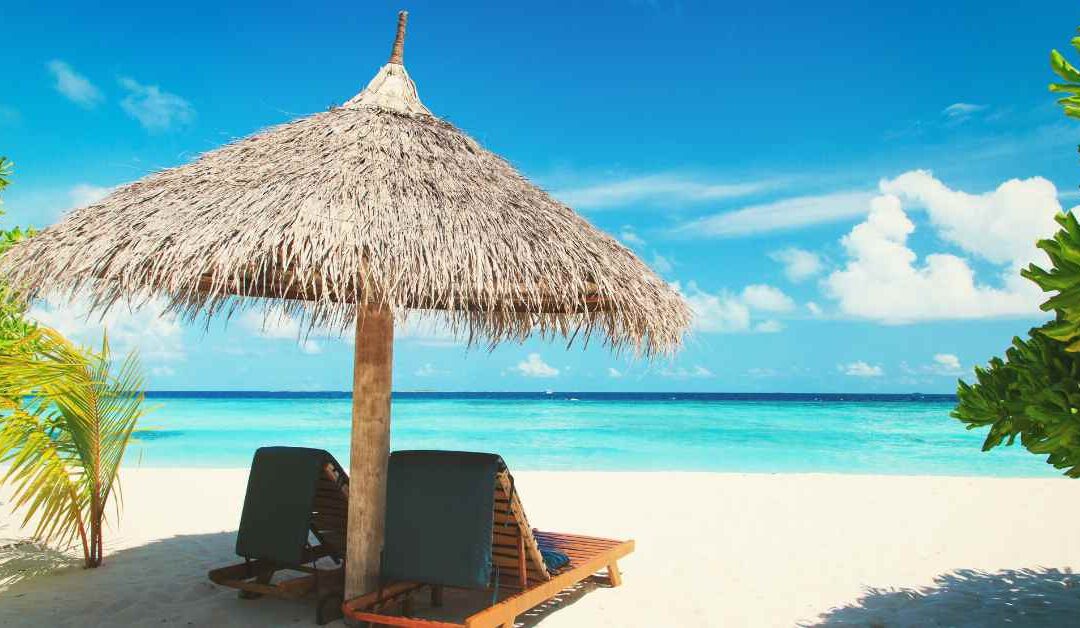Bordered by the azure waters of the Indian Ocean, Nilaveli Beach stands as a coastal jewel on the northeastern shores of Sri Lanka. Renowned for its pristine white sands, crystal-clear waters, and an abundance of marine life, Nilaveli is a tropical haven that beckons travelers seeking sun-soaked tranquility and immersive natural beauty. In this article, we embark on a virtual journey to explore the allure, marine wonders, and cultural richness that make Nilaveli Beach a must-visit destination in the coastal landscape of Trincomalee.
Geographical Marvels
Located approximately 16 kilometers northwest of Trincomalee, Nilaveli is situated on the picturesque Pigeon Island Peninsula. The region is known for its stunning landscapes, which include not only the renowned Nilaveli Beach but also nearby attractions such as Pigeon Island National Park. The geographical setting of Nilaveli combines pristine beaches with lush greenery, creating a serene and idyllic atmosphere that attracts travelers from around the world.
Nilaveli Beach stretches along the coast with soft, powdery sands that extend for miles, providing the perfect backdrop for relaxation, beachcombing, and water activities. The turquoise waters gently lap the shore, creating a tranquil ambiance that invites visitors to unwind and embrace the beauty of nature.
Marine Wonders of Pigeon Island
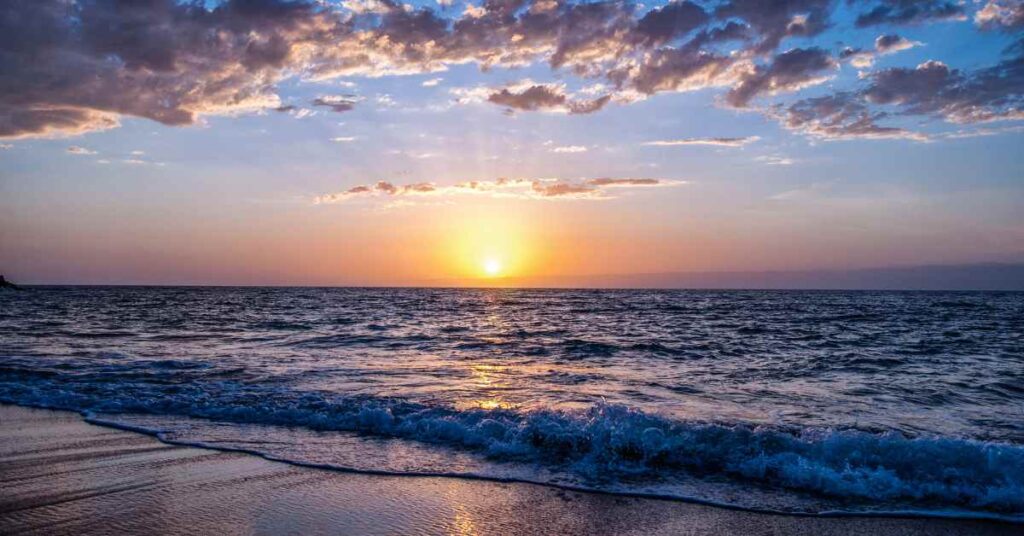
One of the highlights of Nilaveli Beach is its proximity to Pigeon Island National Park, a marine sanctuary just a short boat ride away. The park, named after the Rock Pigeon, is renowned for its vibrant coral reefs, diverse marine life, and pristine underwater ecosystems.
Snorkeling and diving enthusiasts flock to Pigeon Island to explore the rich biodiversity beneath the waves. The coral reefs surrounding the island are home to a kaleidoscope of marine creatures, including colorful coral formations, tropical fish, and various species of sea turtles. The clear waters provide excellent visibility, allowing visitors to marvel at the intricate beauty of the underwater world.
Pigeon Island is also a designated nesting site for the Hawksbill turtle, an endangered species. Visitors may have the unique opportunity to witness these majestic creatures laying their eggs on the sandy shores, contributing to the conservation efforts aimed at protecting Sri Lanka’s sea turtle population.
Beach Activities and Water Adventures
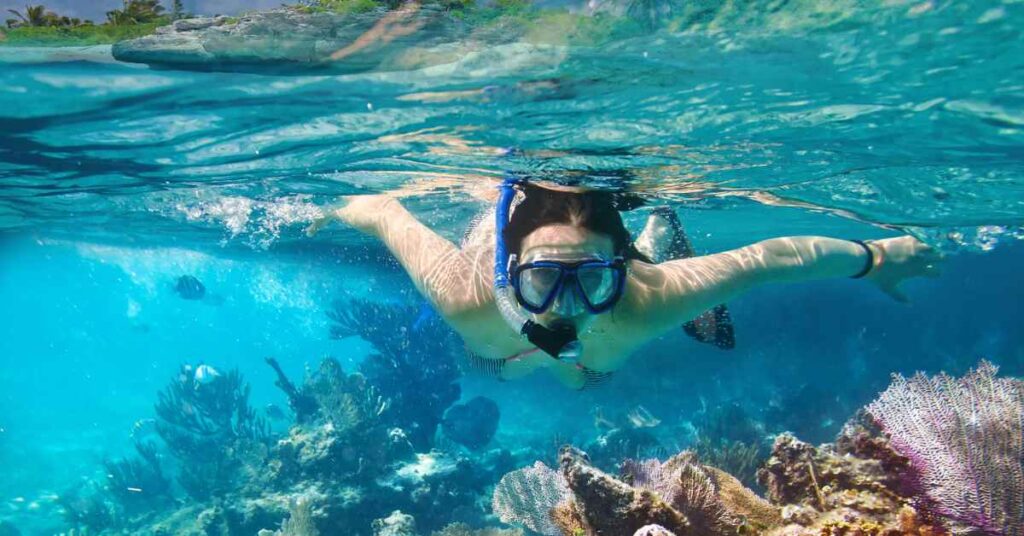
Nilaveli Beach itself offers a wide array of water-based activities that cater to diverse interests and preferences. Whether you’re an adventure seeker or someone looking for a leisurely escape, Nilaveli has something to offer.
1. Snorkeling
The calm and clear waters of Nilaveli make it an ideal spot for snorkeling. Many resorts in the area provide snorkeling gear, allowing visitors to explore the vibrant coral reefs and underwater life just off the shore.
2. Scuba Diving
For those seeking a more immersive experience, scuba diving excursions to Pigeon Island are readily available. Certified diving instructors guide participants through the colorful underwater landscapes, offering a chance to encounter schools of fish, sea turtles, and other marine wonders.
3. Dolphin and Whale Watching
Nilaveli is also known for its opportunities for dolphin and whale watching. The deep waters off the coast attract various species of dolphins, including Spinner Dolphins and Bottlenose Dolphins. Additionally, seasonal whale migrations provide a chance to spot majestic creatures such as Blue Whales and Sperm Whales.
4. Water Sports
Adventurous souls can indulge in water sports such as jet skiing, windsurfing, and paddleboarding. The relatively calm seas make Nilaveli an excellent location for these activities, allowing both beginners and experienced enthusiasts to enjoy the thrill of the ocean.
Cultural Enrichment in Trincomalee
While Nilaveli Beach captivates visitors with its natural wonders, the nearby city of Trincomalee offers a wealth of cultural and historical attractions. A short drive from Nilaveli will bring you to this vibrant city, allowing you to explore its cultural richness and learn about the historical tapestry of the region.
1. Koneswaram Temple
Perched atop Swami Rock overlooking the Indian Ocean, the Koneswaram Temple is a significant Hindu pilgrimage site and an architectural marvel. The temple, also known as the Thirukoneswaram Kovil, has a history dating back over two millennia and is dedicated to Lord Shiva. Visitors can explore the intricately carved sculptures, ancient inscriptions, and the breathtaking views from the temple premises.
2. Fort Frederick
Built by the Portuguese in the 17th century and later fortified by the Dutch, Fort Frederick is a historic landmark in Trincomalee. The fort encompasses the Koneswaram Temple and offers panoramic views of the city and the ocean. The Inner Fort, a star-shaped structure, stands as a testament to the colonial influences on the region.
3. Swami Rock
Adjacent to Fort Frederick, Swami Rock is a rocky outcrop with historical and mythological significance. It is believed to be one of the landing sites of King Ravana’s mythical flying chariot, as mentioned in the Hindu epic, Ramayana. The rock provides an excellent vantage point to observe the city and the ocean.
4. Lovers’ Leap
This dramatic cliff on Swami Rock is known as Lovers’ Leap, and it is associated with a tragic love story. According to local legend, a Dutch officer’s daughter leaped to her death from this spot after her love affair with a commoner was thwarted by her father. The site offers a poignant backdrop and panoramic views of the surrounding landscape.
Accommodations and Resorts
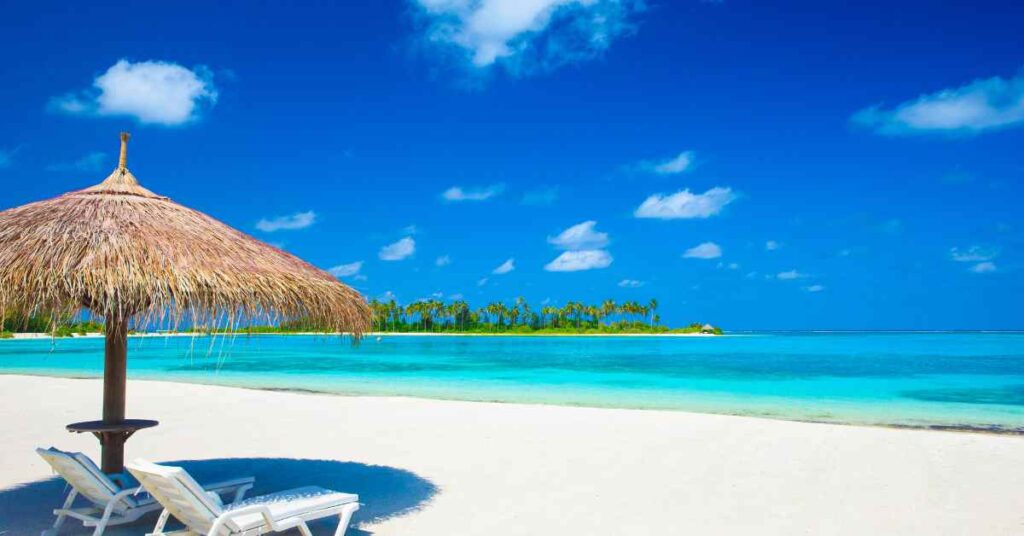
Nilaveli offers a range of accommodations that cater to various preferences, from luxury resorts to budget-friendly guesthouses. Many of the beachfront properties provide direct access to the pristine sands of Nilaveli Beach, allowing guests to wake up to the sound of waves and the sight of turquoise waters.
1. Anilana Nilaveli
This beachfront resort combines modern luxury with natural beauty. With spacious rooms, a beachside pool, and direct access to Nilaveli Beach, Anilana Nilaveli offers a serene and indulgent retreat for travelers.
2. Jungle Beach by Uga Escapes
Nestled amidst lush greenery, Jungle Beach by Uga Escapes offers a secluded and eco-friendly escape. The resort’s unique villas are scattered in a jungle setting, providing guests with privacy and a connection to nature.
3. Nilaveli Beach Hotel
Overlooking the Indian Ocean, Nilaveli Beach Hotel offers comfortable accommodations with a range of facilities, including a pool, restaurants, and water sports activities. The hotel’s beachfront location ensures stunning views and easy access to the shore.
4. Sun Aqua Pasikudah
While not in Nilaveli itself, Sun Aqua Pasikudah is a luxurious beachfront resort located a bit further south along the east coast. With elegant villas, a spa, and multiple dining options, it provides an opulent retreat for those seeking a lavish beach experience.
Preservation and Responsible Tourism
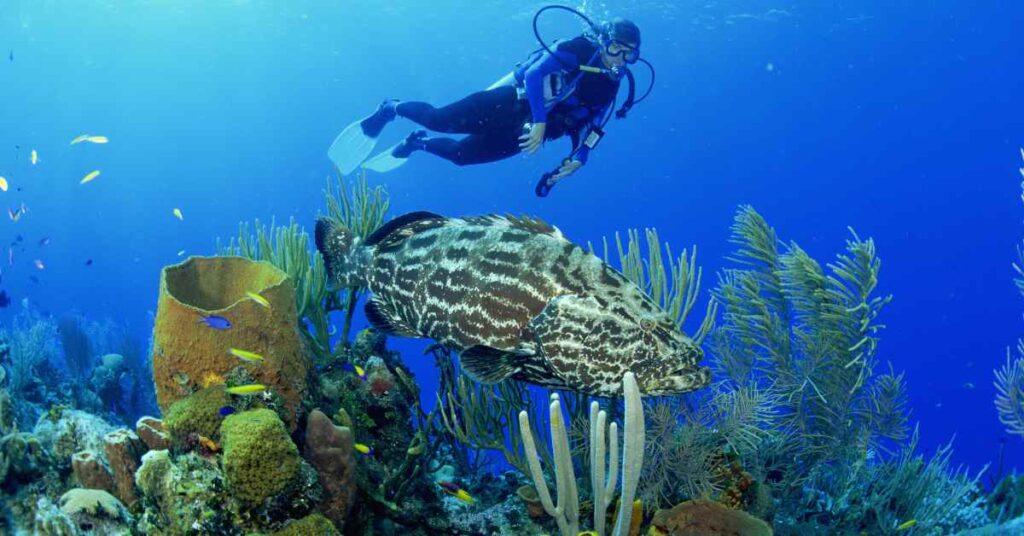
Preserving the pristine beauty of Nilaveli Beach and its surrounding ecosystems is essential for the sustainability of this coastal paradise. Efforts to promote responsible tourism and conservation are crucial to maintaining the delicate balance of the marine and terrestrial environments.
1. Coral Reef Conservation
As the coral reefs around Pigeon Island are delicate ecosystems, there are initiatives to raise awareness about responsible snorkeling and diving practices. Visitors are encouraged to avoid touching or damaging the coral, use reef-safe sunscreen, and adhere to guidelines provided by local authorities.
2. Sea Turtle Conservation
The conservation of sea turtles, particularly the Hawksbill turtles that nest on Pigeon Island, is a priority. Local organizations work to protect nesting sites, monitor turtle populations, and educate the public on the importance of sea turtle conservation.
3. Waste Management
Responsible waste disposal is crucial to preserving the natural beauty of Nilaveli Beach. Resorts and local communities actively participate in waste management initiatives, promoting recycling and minimizing the environmental impact of tourism activities.
4. Community Engagement
Engaging with local communities is essential for sustainable tourism. Many resorts collaborate with local businesses, artisans, and conservation organizations to create positive impacts on the community and contribute to the well-being of the region.
Practical Tips for Exploring Nilaveli Beach
To make the most of your visit to Nilaveli Beach, consider the following practical tips:
1. Sun Protection
The tropical sun can be intense. Bring sunscreen, a hat, and sunglasses to protect yourself from sunburn.
2. Reef-Safe Sunscreen
If you plan on snorkeling or diving, use reef-safe sunscreen to minimize the impact on coral reefs and marine life.
3. Water Activities
Take advantage of the diverse water activities available, such as snorkeling, scuba diving, and dolphin watching.
4. Cultural Exploration
Venture into Trincomalee to explore its cultural and historical attractions, including temples, forts, and viewpoints.
5. Responsible Tourism
Be mindful of the environment and local communities. Respect the natural beauty of Nilaveli Beach and follow responsible tourism practices.
Nilaveli Beach, with its pristine shores, vibrant marine life, and proximity to cultural wonders, embodies the essence of a tropical paradise. Whether you seek relaxation on the soft sands, exploration of the underwater realms, or immersion in the cultural richness of Trincomalee, Nilaveli offers a multifaceted experience that caters to diverse interests. As the sun sets over the Indian Ocean, casting hues of gold and pink across the horizon, Nilaveli Beach stands as a testament to the natural beauty and cultural allure that make Sri Lanka a destination of unparalleled charm.
Read : Galle Fort: A Timeless Citadel of History and Culture in Sri Lanka

